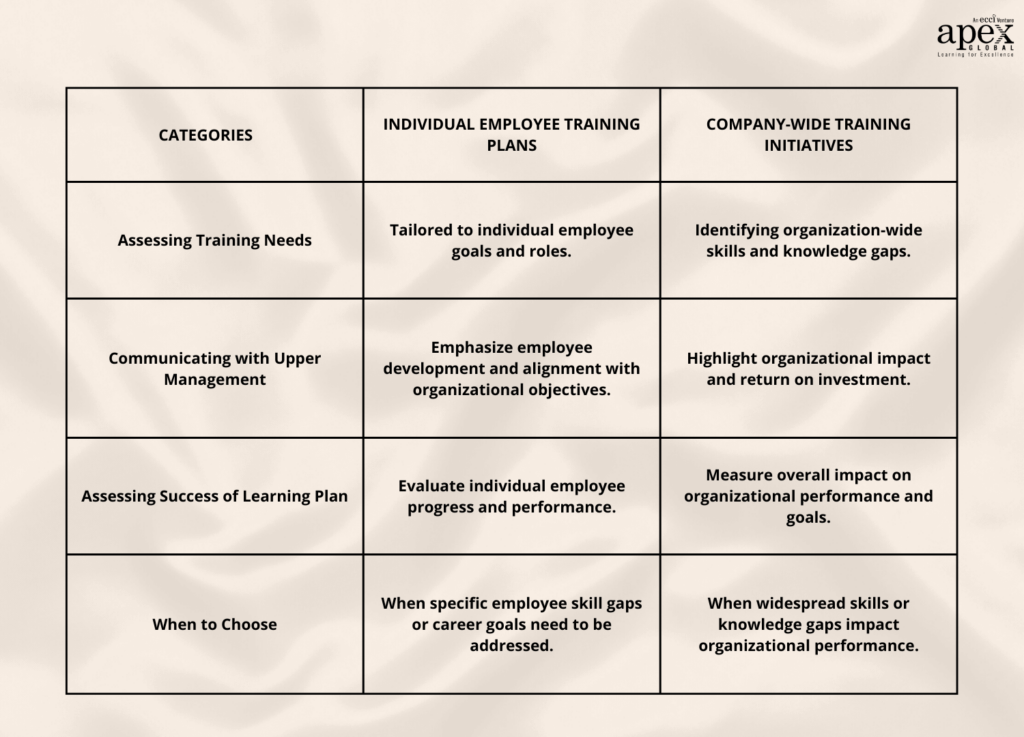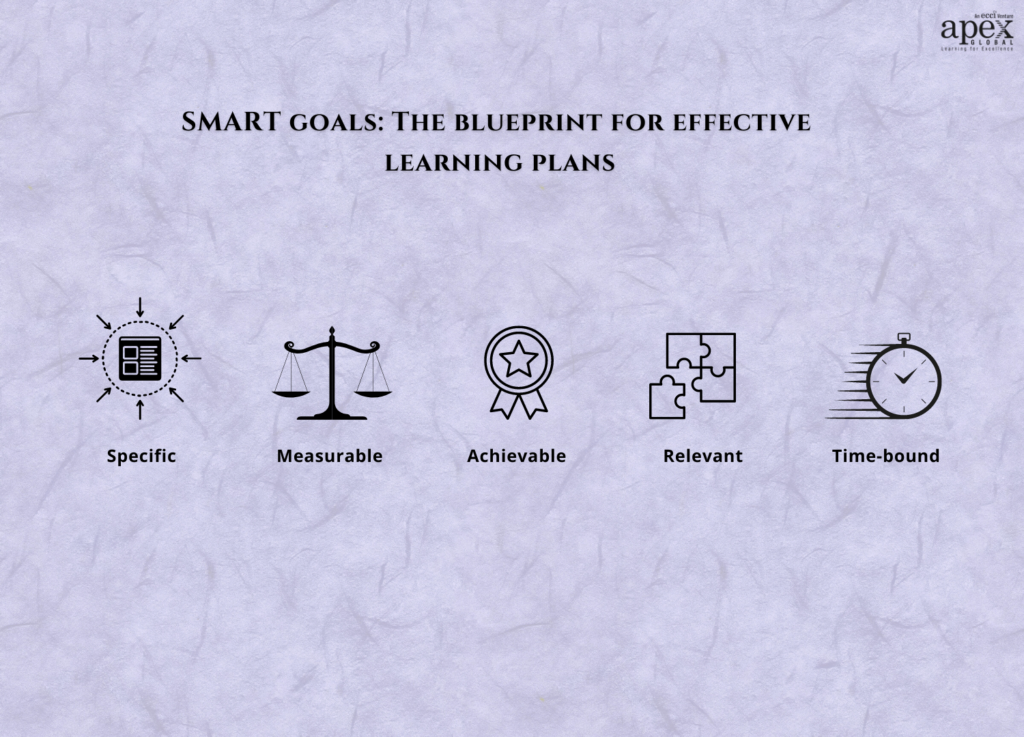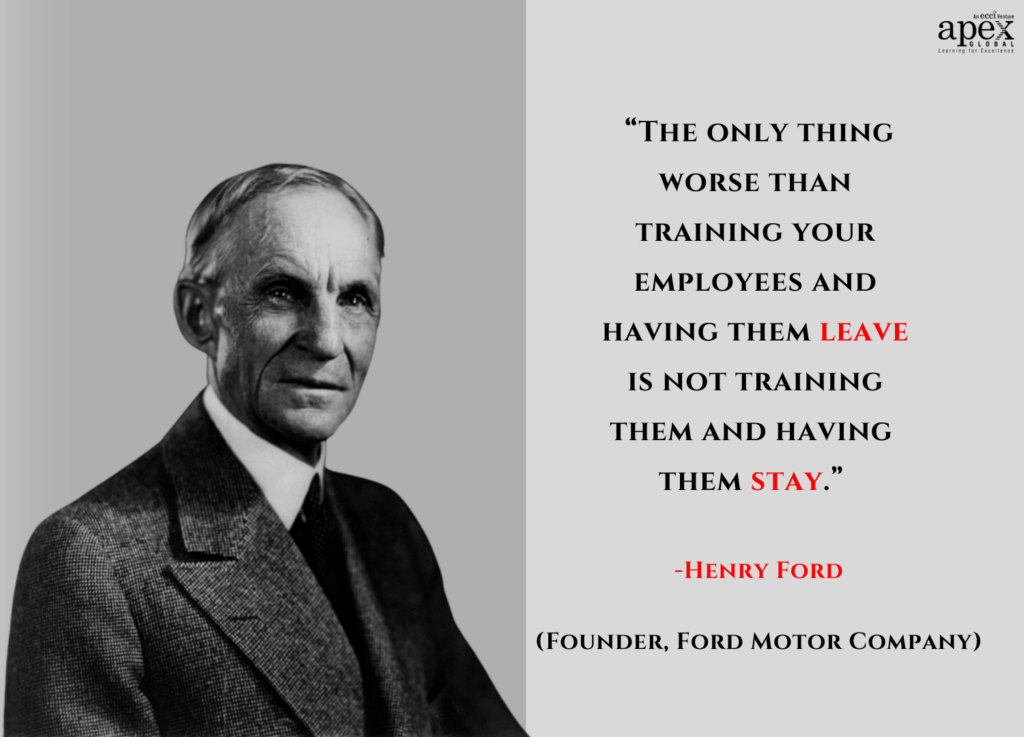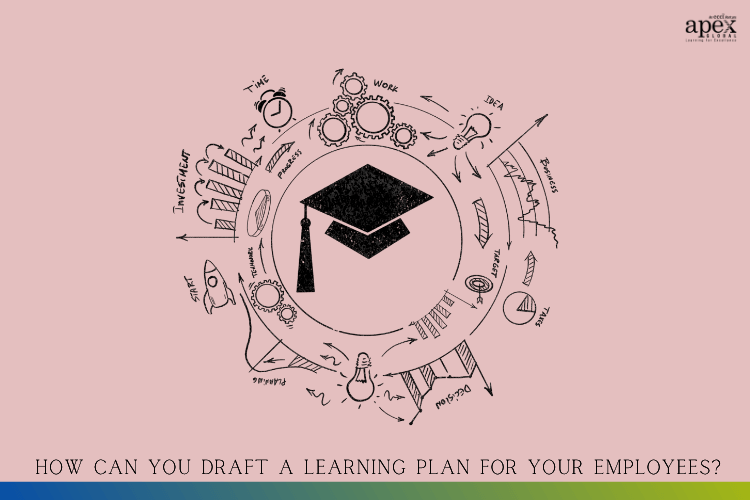As businesses continue to grow and evolve, it’s important to ensure that your employees are growing and evolving along with you. That’s where a learning plan comes in – it helps you identify areas where your team can improve, and provides them with the resources they need to succeed.
Whether it’s honing their current skillset or branching out into new areas, investing in your employees’ development is crucial for staying competitive and maintaining a healthy work environment. Not only does it increase productivity and engagement, but it also shows your team that you’re invested in their success and committed to helping them achieve their goals.
So if you haven’t already, take some time to draft up a learning plan for your employees. It doesn’t have to be complicated or expensive – just make sure you’re providing them with the support they need to reach their full potential. Trust us, your team (and your bottom line) will thank you!

But how can you create a perfect plan that drives results and adds value? In this article, we will explore five actionable steps that will help you craft the ideal employee learning and development plan. From setting realistic goals to tracking progress and providing rewards, these steps will guide you toward creating a plan that not only engages and motivates employees but also aligns with your organization’s goals. So, let’s dive in!
What you'll find in this article
The demand for training programs for employees
To draft a learning plan for employees, it is important to assess the organization’s needs and objectives, and identify areas that require upskilling or reskilling. According to the 2023 Workplace Learning Report by LinkedIn Learning, the top four focus areas of L&D for 2023 are;
- Aligning learning programs to business goals
- Upskilling employees
- Creating a culture of learning
- Improving employee retention
In the Philippines, there is a need to gather regional data, analyze employment structures, and identify risks of skilled workers. The supply and demand analysis for skilled workers in the Philippines does not fully reflect local skills demand in specific geographical areas, making local skills shortages hard to address. Employee training and development is both present- and future-focused and creates a pipeline of leaders to meet the societal and technological challenges of tomorrow.
According to Lorman Education Services, nearly 59% of employees claim they had no workplace training and that most of their skills were self-taught, and 74% of workers are willing to learn new skills or re-train in order to remain employable. In 2020, Teleperformance completed 2,461,762 learning courses, compared to 1,156,203 in 2019, and the number of completed courses rose to 7.06 per person in 2020 in comparison.
How to identify the training needs of employees in a company:
To create an effective employee learning and development plan, it is crucial to start by identifying the specific training needs of your workforce. Begin by conducting a comprehensive skills assessment and gap analysis. This process involves evaluating the current skill sets and competencies of employees to pinpoint areas that require additional training and development. It is also important to engage employees in this process by soliciting their input and encouraging them to set personal development goals.
Individual learning plan vs. company-wide inititiatves
By establishing open lines of communication and feedback channels, you can gain valuable insights into the training needs of individual employees and the organization as a whole. But the million-dollar question remains: when should we focus on individual training needs versus company-wide initiatives?
Here’s the deal: it’s all about striking the right balance. While company-wide initiatives can address common skills gaps and promote consistency across the organization, individual training needs should never be overlooked!
By tailoring training programs to meet the specific needs of each employee, we can unlock their true potential and help them flourish in their roles. Whether it’s honing their leadership skills, mastering new technologies, or developing specialized expertise, investing in individual growth not only boosts employee engagement but also drives overall business success!
So, how can you effectively identify these training needs? Start by engaging in open and honest conversations with your employees. Understand their aspirations, goals, and challenges. Listen attentively and be receptive to their feedback. Remember, fostering a culture of trust and communication is key!
Additionally, conduct regular performance reviews, skill assessments, and gather input from team leaders and supervisors. By analyzing data and keeping an ear to the ground, you’ll gain valuable insights that can inform your training strategies and initiatives.
Lastly, don’t forget the power of continuous learning and development! Encourage your employees to take ownership of their professional growth by providing access to resources, mentorship programs, and learning opportunities. After all, a well-equipped workforce is an unstoppable force!
Let’s break free from the traditional one-size-fits-all approach and embrace the dynamic nature of employee training. Focus on creating a learning culture that nurtures individual growth while also aligning with the organization’s objectives.

Common components of a corporate learning plan:
A well-rounded corporate learning plan consists of several key components. Start by establishing clear learning objectives that are specific, measurable, achievable, relevant, and time-bound (SMART).

Step 1: Establish realistic goals
By setting specific objectives, you enable employees to track their progress and understand their contribution to the organization’s growth. Assess employees’ strengths and weaknesses to identify areas for improvement and overcome barriers to learning and development. Encourage employees to take charge of their own professional development while providing guidance, materials, and feedback.
Step 2: Perform skills gap analysis
A skills gap analysis helps identify areas where employees require additional training and development. By conducting an overall analysis of employees’ skills, you can understand the specific areas in which they may be lacking. This insight allows you to invest in targeted training programs that address these skill gaps. Some employees may already have learning and development goals in mind but require support and reassurance from the organization. Personal growth objectives can motivate them to acquire the necessary skills for their advancement.

Step 3: Talk to your employees
Regular communication and feedback are vital for the success of any employee learning and development plan. Schedule monthly one-on-one meetings with your employees to discuss their personal goals, development progress, and accomplishments. Use these sessions to address any difficulties they may be facing and provide guidance. By maintaining open lines of communication, you foster engagement, strengthen the employer-employee relationship, and demonstrate your commitment to supporting their growth. These conversations also highlight how personal progress aligns with the company’s future.
Step 4: Track employee progress
Measuring performance is key to evaluating the effectiveness of your learning and development plan. Select key performance indicators (KPIs) to track employees’ progress and competence in specific areas after receiving training. Instead of focusing solely on the number of training hours or assessment scores, use metrics that reflect real-world impact. Analyze the data to identify areas for improvement and refine your plan iteratively. By optimizing your plan for measurement, tracking, and evaluation, you save time and resources while ensuring continuous development.
Step 5: Rewards and recognition
Recognizing and rewarding employees’ progress and achievements is essential to maintain motivation and encourage ongoing participation in learning and development initiatives. High-performing employees should be acknowledged and rewarded for their efforts, providing them with incentives to continue striving for growth. Consider gamifying learning activities and offering rewards to engage employees throughout the process. By incorporating recognition and rewards into your plan, you create a positive learning culture and inspire employees to embrace future development programs.
Measuring the effectiveness of a corporate learning plan:
Measuring the effectiveness of a corporate learning plan is crucial to ensure that it is delivering the desired outcomes. To achieve this, establish clear metrics and evaluation methods. Identify key performance indicators (KPIs) that are aligned with the learning objectives and desired outcomes of the plan. These KPIs may include employee performance improvements, increased productivity, higher engagement levels, or enhanced customer satisfaction. Collect both qualitative and quantitative data through surveys, assessments, and feedback mechanisms to gain a comprehensive understanding of the plan’s impact. Analyze the data to identify trends, make informed decisions, and refine the learning plan based on the findings.

What are some effective ways to measure the success of a learning plan for employees?
Measuring the success of a learning plan for employees can be done through various methods. Here are some effective ways you can try out:
- Learning effectiveness: Determine if learning actually took place by evaluating learner satisfaction.
- Business outcomes: Observe participant behavior and collect sales records for learners to look for a difference in their numbers pre-and post-training. Other options for gathering data on business results include asking participants directly about results in follow-up questionnaires or interviews.
- Tangible results: Measure the tangible results of the training such as reduced cost, improved quality, faster project completion, increased productivity, employee engagement, and retention.
- Information retention: Determine how successful the training was at the level of information retention. For example, did the training experience stick with employees, or did it go in one ear and out the other? To assess how much employees learned, you can either have them complete assignments and demonstrations, or you could choose to test them on their knowledge.
- Setting goals and objectives: Set goals and objectives so that progress and end-results can be identified and assessed.
Organizations should choose the most appropriate method to measure the success of their learning plan based on their objectives and goals.
Final thoughts
Learning and performance are like two sides of a coin, wouldn’t you agree? When employees have access to continuous learning opportunities, their performance levels soar to new heights.
But here’s the kicker: it’s not enough to just offer training programs or occasional workshops. To truly unlock your employees’ potential, you need to craft a solid learning plan tailored to their unique needs and goals.
Investing in a solid learning plan for your employees is like fueling their growth and development. And when you couple that with performance management, you’re setting them up for unprecedented success! It’s about creating a culture of learning, where everyone feels encouraged to seek out knowledge and improve themselves. It’s about fostering an environment that embraces growth and values continuous improvement.
Looking for expert guidance in drafting a customized learning plan for your employees? APEX Global Learning offers a wide range of courses to address key client issues. Our experienced consultants can help you design a tailored learning plan that drives results and maximizes employee potential. Visit our website or contact us today to explore the possibilities!


